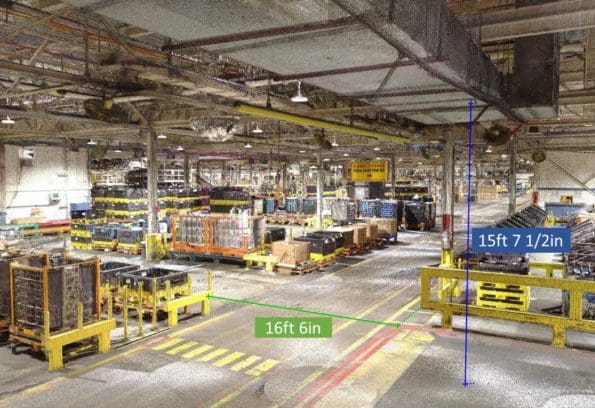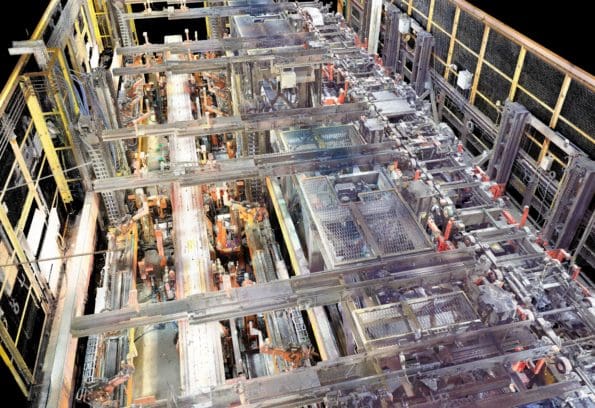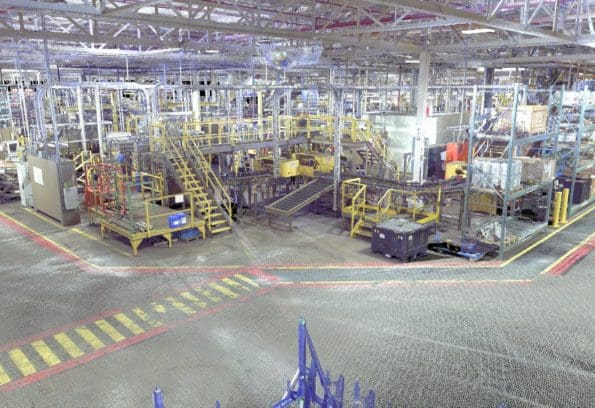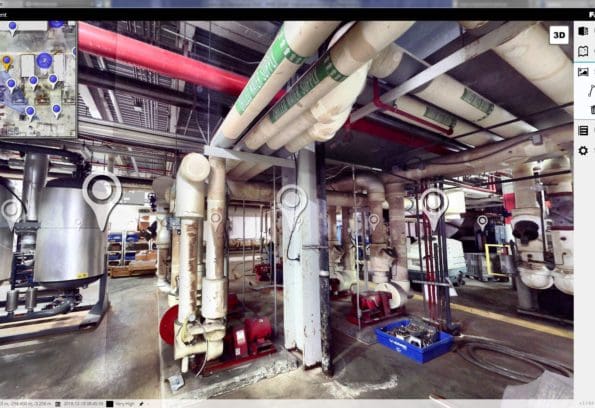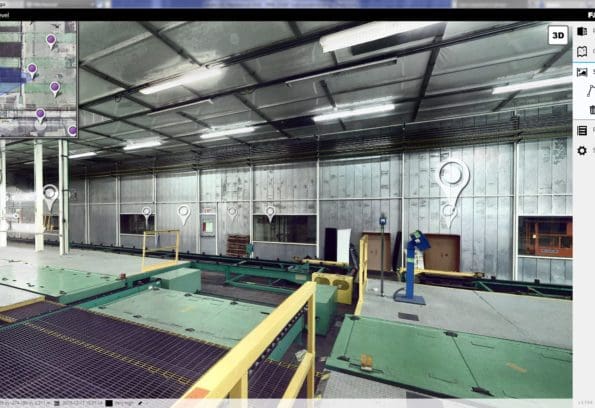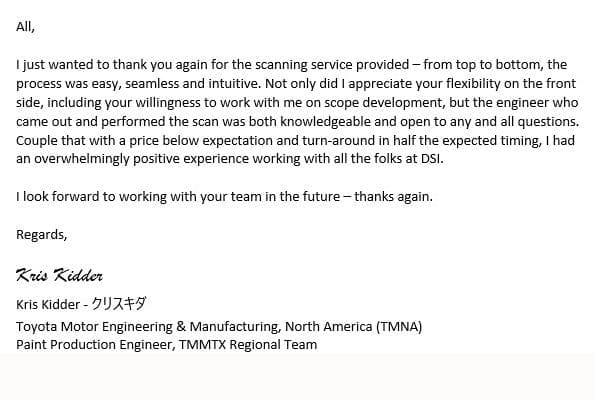Founded over 35 years ago, DSI has become one of the leading 3D scanning service providers in the United States. Since our beginning, we’ve been committed to providing our customers with the best that modern technology has to offer.
No matter what industry you’re in, we’re here to help. Keep reading to learn more about our 3D scanning services, or contact us today to request a consultation.
What Is 3D Scanning?
3D scanning is a safe, no-contact way of scanning small-to-large complex objects and rendering them into accurate, three-dimensional models. The reason why this newer technology is so innovative is because it allows people to measure objects from a safe distance. Additionally, 3D scanners can reach confined spaces that humans just can’t access.
Why You Need This Service
Opting for our 3D scanning services can help you make smarter decisions during any remodel or construction project. Our scanners will capture your “as-is” data, integrating references and actual measurements. This will help you make informed decisions about the building and equipment in a faction of the time it would take using conventional field checking.
